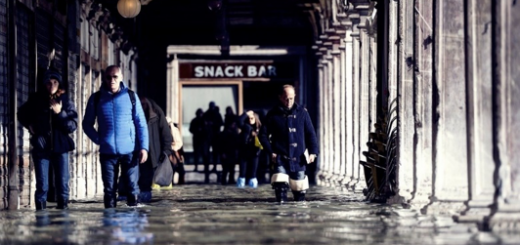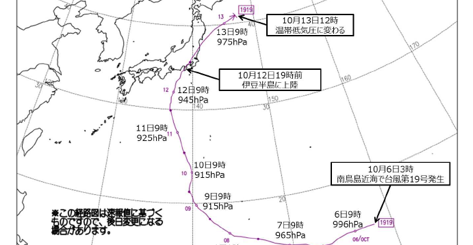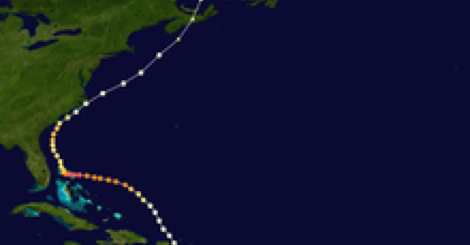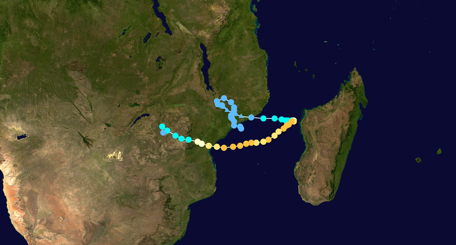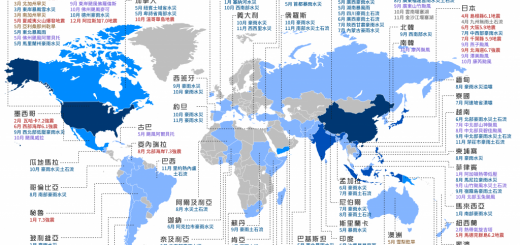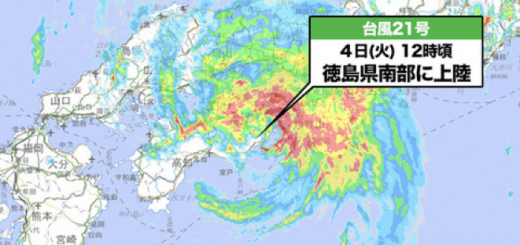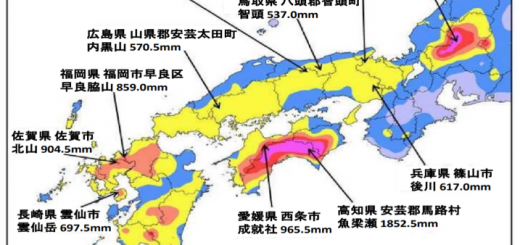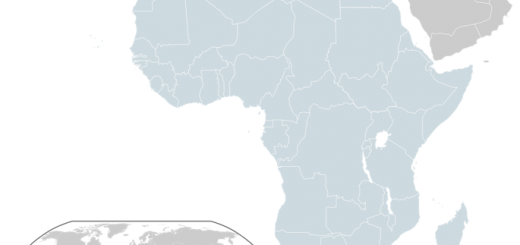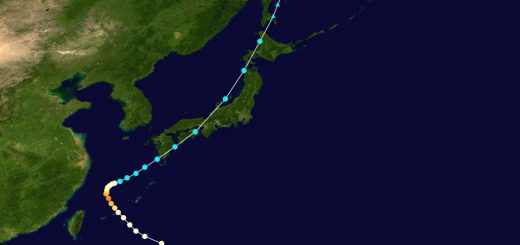20210509 非洲;索馬利亞;水災
- 2021.05.10
- (0509)[ReliefWeb]索馬利亞暴雨,至少造成25人喪生 Somalia: 2021 Gu’Season Floods Update #1
Highlights
• Heavy rains have hit various parts of the country triggering flash floods which have killed and displaced people, but a forecast suggests the rains will begin to subside from mid-May.
• Reports indicate that at least 25 people have been killed due to the heavy rains including nine children who died after their house flooded in Banadir on 7 May and four people killed by lightening in Puntland on 5 May.
• An estimated 25,000 people in 15 villages in Jowhar, Middle Shabelle region were affected by riverine flooding has affected, displacing people in eight villages and inundating farms.
Authorities and partners are scaling up responses.
• FAO/SWALIM has warned of the imminent danger of potentially unprecedented flooding expected along the Shabelle river in the coming days and the concern for safety and wellbeing of the people in Belet Weyne and along the river.
• Reports from Jubaland indicate that the Juba river broke its bank in Doolow, reaching 4.70 metres, which is 0.20 metres above the moderate flooding level, flooding three villages.
Situation overview
Heavy Gu season rains have hit various parts of the country over the last week triggering flash floods and inundating vast swathes of land, but the short-term forecast suggests the heavy rainfall will begin to subside from mid-May onward.1 Reports indicate that at least 25 people have been killed due to the heavy rains: nine children in Banadir who died after their house flooded on 7 May; three people killed by lightning in Puntland and one child that fell into a pond of water on 5 May; four children who died in adam full of rainwater in Sool region on 7 May; one person killed by flooding in Buurhakaba, Bay region and seven IDPs who died on 9 May in Garasbaley district, Banadir, following the collapse of their house due to heavy rains. In Middle Shabelle region, riverine flooding has affected an estimated 25,000 people in 15 villages in Jowhar, displacing people in eight villages and inundating farms.
In Somaliland, heavy rains on 30 April flooded the dry river valley in Hargeisa, affecting around 40 houses and washing away seven vehicles. The floods also temporally affected some of the IDPs who are living in sub-standard shelters.
Partners report that the intermittent rains characterized by violent storms left an estimated 359 households (2,154 people) homeless, with some temporarily squatting on private land and others seeking refuge with relatives.2 On 7 May, four children, aged 10 to 13 died in a water dam at Goljano village in Caynabo district, Sool region. On 5 May, the Somaliland meteorological department issued a forecast of heavy rains for next week in Awdal, Waqooyi Galbeed and Sanaag regions and warned people living in low-lying areas to prepare for possible flash floods.
In Puntland, torrential rains and flash floods on 5 May affected the Bossaso-Garowe road. The main bridge was damaged, making it impassable for traders. According to the Puntland Disaster Management Authority and local elders, at least three people were killed by a lightning strike and a child died after falling into a pond of water. Damage to two bridges on Qayaadsame river affected the movement of goods and people from Bossaso. In addition, flash floods washed away over 1,250 heads of livestock and damaged shelters in low lying areas of Ceel Daahir under Bossaso district and Berri Cad under Garowe between 27 April and 5 May.
The flooding in Jowhar occurred due to open breakages along the river. The road between Jowhar and Mahaday through airport road is inaccessible. On 1 May, a breakage along the riverbank at Moyko closed the main road connecting Jowhar to Mogadishu through Balcad. This is the main transportation route for food and other essential commodities.
FAO/SWALIM issued a flood advisory on 8 May indicating that observed levels of the Shabelle River have continued to rise alarmingly in the past two weeks. According to FAO/SWALIM, there is a high flood risk in Belet Weyne in the coming days and in middle and lower reaches due to heavy rains in Hiraan and Middle Shabelle regions.
Heavy rains in South West State on 8 May killed at least one person and 28 livestock in Buurhakaba town. Some 112 houses were either damaged or destroyed and around 615 households (3,690 people) were displaced mainly from lowlying flood-prone areas. The rains have also disrupted transport between main towns in parts of South West State. Low lying sections of Afgooye town have been inundated, affecting around 20 households. The routes to the villages have been cut off by rains and the movement of people and traffic remain restricted. Further reports indicate that around 3,500 people have been displaced by flash floods in Damaley, Balguri and Raqeyke villages of Afgooye town. The flash floods damaged unconfirmed hectares of farmlands with crops.
In Galmudug, several trucks loaded with food commodities got stuck in muddy roads between Cadaado and Cabudwaaq following moderate rains on 2 May. About 100 goats were killed by a thunderstorm in Xanabura rural village, Cabudwaaq district.
Reports from Jubaland indicate that the Juba river broke its bank in Doolow on 9 May, reaching 4.70 metres, which is 0.20 metres above the moderate flooding level, following heavy rains in the Somali region of Ethiopia and the Ethiopian Highlands. Three villages, Warayle, Buula Qalooc and Bara Baraay, were flooded affecting about 35 farms. The Dawa river may also break its banks. The local authority in Doolow has alerted farmers to the situation and water pumps have been relocated from the river.
A neighborhood in Ceelqalaw area in Wadajir district, Banadir, was submerged, forcing about 1,500 people to leave their homes. Two houses collapsed and several others were partially destroyed. The lowland areas and main access roads in Wadijir district are the worst affected. Wadajir district is one of the areas where a large number of families recently relocated due to recent elections-related violence. On 9 May, local sources in Garasbaley district reported that seven IDPs died following the collapse of their house due to heavy rainfall in Al Adale IDP camp. Five other people were severely injured and five houses destroyed.
Somalia is on the front line of climate change and the frequency of climate-related disasters is increasing rapidly. The country has, since 1990, experienced more than 30 climate-related hazards, including 12 droughts and 19 floods – triple the number of climate-related hazards experienced between 1970 and 1990. As of April, more than 80 per cent of the country was experiencing moderate to severe drought conditions following below average October to December 2020 Deyr rains, followed by a harsh and warmer than normal January to March Jilaal season and a delayed and poor start of the current April to June Gu season. Despite the heavy rains that have hit parts of Somalia, the rains have come too late for the planting season; therefore, further exacerbating already significant food security concerns.


